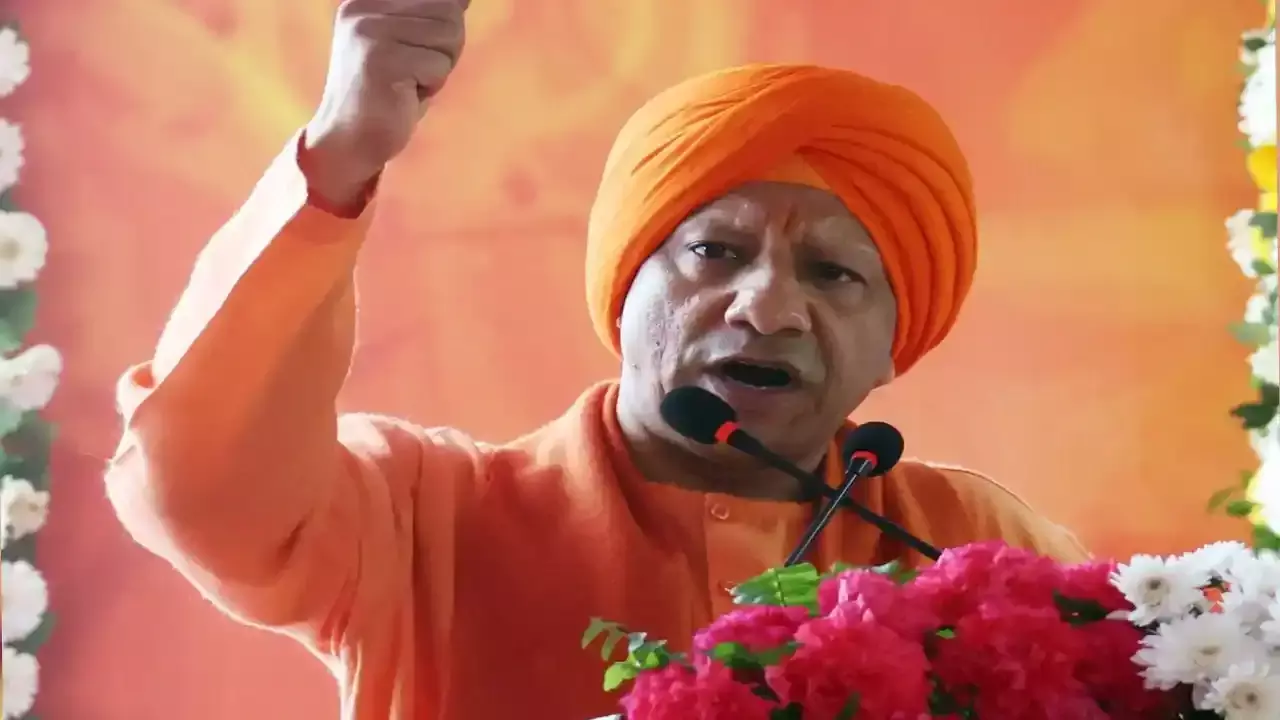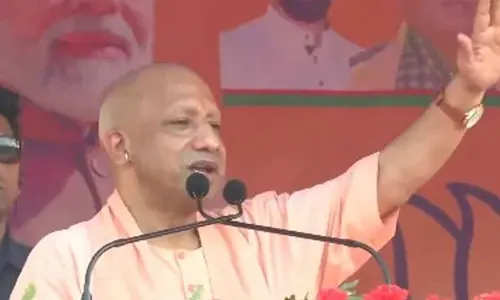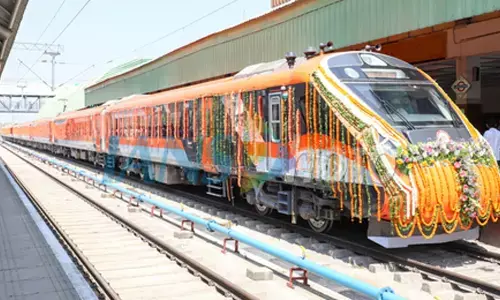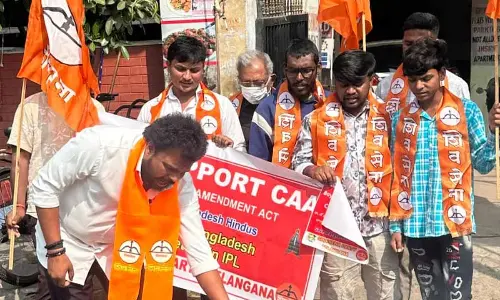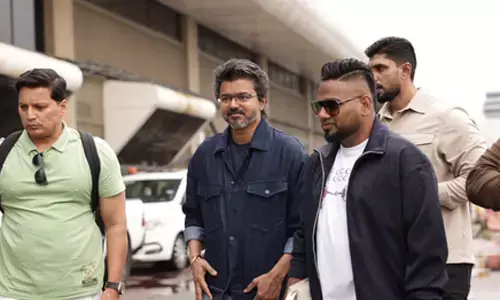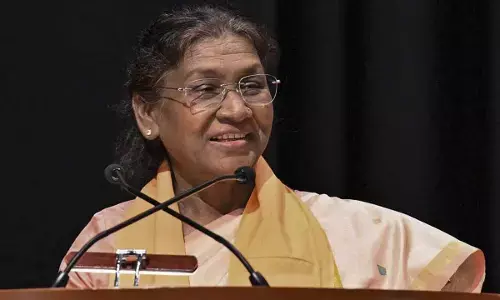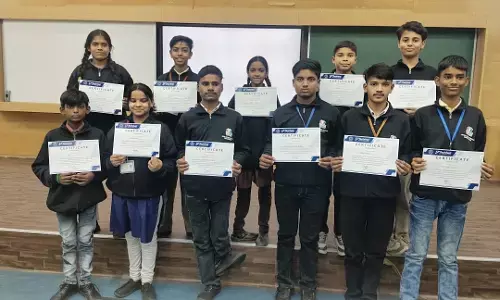Lights audience action

Lights audience action. “Lights, audience, action” was the catch phrase before the 24 frames per second technology took the world by storm and became synonymous with the famous line “lights, camera, action”.
Giving his message on the occasion of World Theatre Day, March 27, noted south African stage actor Brett Bailey had stated - “Wherever there is human society, the irrepressible spirit of performance manifests”. While acknowledging the grand tradition of Telugu plays like ‘Maya Bazar’, ‘Bobbili Yuddham’, ‘Bala Nagamma’. ‘Gayopaakhyaanam’, ‘Satya Harischandra’ and many other time tested plays, it is relevant to question why despite good funding from the government through Nandi Drama Festivals and many other nataka parishads, theatre in AP remains less popular.

“Lights, audience, action” was the catch phrase before the 24 frames per second technology took the world by storm and became synonymous with the famous line “lights, camera, action”. However theatre continued to progress steadily in the west and for that matter in the neighboring countries as well as in the other states of India but for the theatre movement in Andhra Pradesh that remained only on the side lines. In AP the centre stage was left to celluloid – films some of them a sensible fare to largely senseless and bawdy hungama, all in the name of art.
March 27 being the World Theatre Day, also gives us an opportunity to do some stock taking.
Telugu theatre has a glorious past of 140 years. Since the early years mythological versions had provided the high value entertainment and on the enlightenment side was the contribution of playwrights like Kandukuri Veeresalingam and Gurajada who dwelt heavily on the social reform and sought to change the mindset of feudal thinking amongst people. Thespians of sterling quality like Bellary Raghava, eela paata Raghuraamayya, Peesapaati and in present times, Chatla Sriramulu, writers and theatre activists like Kesudaasu in Telangana who wrote and produced ‘Kanakatara’ gave Telugu Theatre its history and strength.
In the villages and medium sized towns, the mythological dramas and the long drawn verses made popular by ace actors who appear on stage (as first Krishna and second Krishna) during the course of a performance (Okato Krishnudu, rendo Krishnudu) continue to attract sizeable crowds. And the age-old habit of shepherds in rural AP reciting the popular padya renderings from the dramas like ‘Pandavodyoga Vijayaalu’ is still seen in few parts of the state. The Chellapilla poet duo was the one who recreated the verve and the actors there after ensured the sharp exchange of emotions on stage.
But, leaving the agit – prop theatre that took to streets to communicate with the masses to convey their ideological view point in life; theatre in AP had never witnessed a growth similar to that of in Maharashtra, Bengal, Karnataka or Kerala. The habit of going to theatre remained a less popular option in the state, and people shifted to the fast and flick entertainment on silver screen.
Lack of theatres to stage plays in big villages and medium towns remains a major missing link. Telugu people never had the experience of a sustained and regular, gentle, intelligent and pleasant theatre. While theatre artistes left for greener pastures of Celluloid, theatre remained a step child. The parishad natakas also have remained confined to a mould and the refusal of playwrights, theatre groups to come out of this mindset is also an important reason for the current state of affairs in the field of Telugu theatre.
One has to assume that the Nandi activity apart from distributing Golden, Silver and Bronze Nandis to the deserving is not in sync with the present day reality. Now the Nandi contests are remote, remain a matter that is only between the actors, acting groups, and the jury, and thus many scripts generated for the competitions are just forgotten, once the best ones are selected for the prize.
While the Nandi Nataka competitions are a better organised contests in comparision with the other such contests in Telugu theatre, the jury needs to be broad based and the Government of AP needs to ensure that the plays presented are simultaneously made available on DD channels like Saptagiri, so that the viewers also can vote for the best play.
Further, magazines can do well by publishing some of the best texts or a special magazine for theatre should be published by the AP Government to promote the cause of good theatre. The publication of best plays would ensure that the labour of playwrights is properly recorded and made available for future generations.
The Nataka Akademis flourishing in neighboring states of India are faring well and to our continued misfortune, we have no such Akademi for the last 25 years and no government of the day has seen the reason or need for re-establishing such sangeeta, sahitya and nataka akademis to implement a progressive agenda to suit the contemporary times and shape the cultural taste of the Telugu people.
Against this depressing back ground, plays like ‘Maa Bhoomi’ written by Vasireddy and Sunkara that created great connect with the masses in the days of armed struggle and agitation against Nizam in Telangana, and on the experimental side, a play now turning sixty years, ‘Maro Mohenjadaro’, by NR Nandi, a glorious treatment of a simple theme in ‘Pavala’ (by Ganesh Patro) come readily to mind. Both the plays were produced a record number of times. ‘Kallu’, ‘Bommalaata’ and ‘Padamati Gaali’ are few other successful productions of yore. Even if better plays are written in later period, they remained only on paper and never graduated to the stage to such an extent that people can remember them.
Silver lining
Like Kalipatnam’s Kathanilayam that came up for a special purpose of recording and storing the Telugu short story, yet another landmark facility ‘Rangasai Nataka Grandhalayam’ came up in Visakhapatnam in 2012 and is currently holding texts of more than three thousand plays. Many consider this as the first of its kind in AP and ace performer cum director like Chatla Sriramulu has said that this is first of its kind in the country.’ Playwrights like Adivishnu are elated to find copies of their long lost plays in this library. Founded by AVVS Murty, popularly known as Badamgir Sai, one hopes that this facility would augur well in future taking the advantage of technology in maintaining its treasures.
Need of the hour
Translation of good Telugu plays into English and other major languages needs to be carried out seriously so that the active theatre groups in different languages can take up the production of our qualitative plays at national and international level. We also must ponder upon igniting the minds of children by making a provision in the school syllabi for this valuable art, so that the students can develop healthy interest in theatre.
Stage craft remains another area of neglect. Parishad plays over stressing the tragic element, try to play to the gallery, or to the mind of jury alone, leaving behind the aesthetics. The unhealthy competition amongst the participating theatre groups and apathy towards other theatre activists, also needs to change.
Looking towards west one realises that keeping the technological advantage intact, people have retained the drama theatre and take pride in doing so. Even in Bengal theatre one finds spontaneous support from people, and this may be due to lack of mainstream commercial cinema, as we have in our state.
Our cinema actors never come back to theatre, though most of them have had started their acting careers in theatre, whereas the scene is quite different in Mumbai film industry. Reputed actors like Naseeruddin Shah, Shabana Azmi and many others keep appearing on stage for different plays including English. The colossal ignorance of our actor lot towards theatre is unenviable.
“Past is glorious, present depressing and future tense” can be said about the Telugu Theatre. The reasons are many, and the blame gets apportioned at every door step for this sad state. Ungrateful actors, medal crazy theatre groups, lobbying amongst the corridors of powers that be, lack of real understanding about the requirements of the audience, a technology that divides more, rather than unites, lukewarm attention in the media, highly inadequate infrastructure are all contributing to the greater impasse in the field of Telugu theatre.
The two states of Telugu people should forge ahead, introducing theatre as a point of interest and scoring area as a part of education and shall strive in right earnest to support the low cost art of the people, for a cinema well produced rakes millions to the producer alone and a play well produced, many number of times, provides succor to many, the theatre groups, actors, and production theatres as well.
What we now need is a vision and in this context we can share the vision of Brett Bailey as well.
“Under trees in tiny villages, and on high tech stages in global metropolis; in school halls and in fields and in temples; in slums, in urban plazas, community centres and inner-city basements, people are drawn together to commune in the ephemeral theatrical worlds that we create to express our human complexity, our diversity, our vulnerability, in living flesh, and breath, and voice”.








